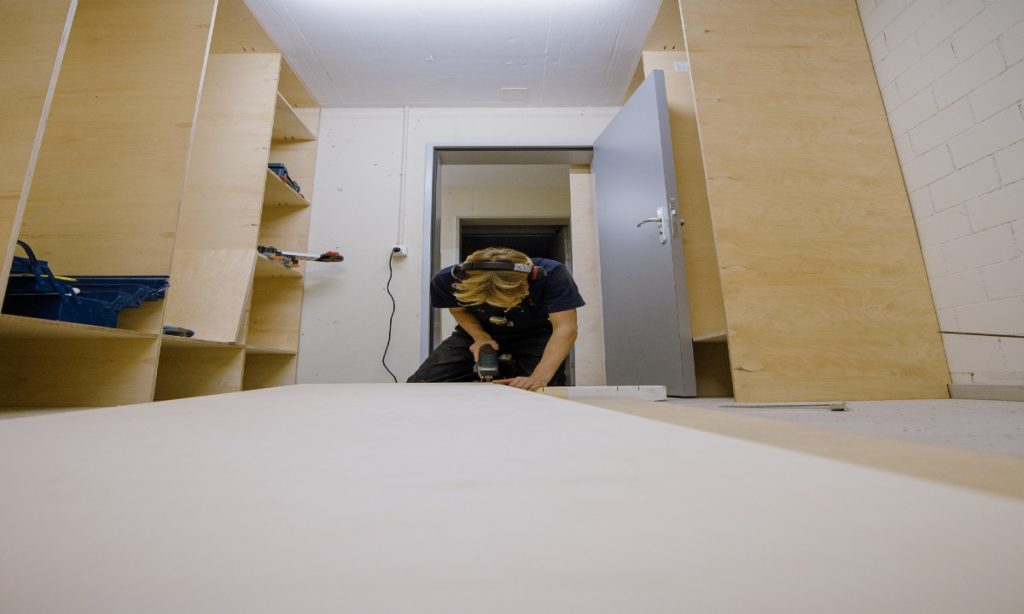Efficient Tools That Help You Speed Up Your Projects

Remodeling a home is an art, even if the tools people used to employ have changed dramatically. With modern tech, there is an array of modern tools accessible to carry out remodeling tasks, but it has almost become challenging to pick up the most useful or necessary ones. Having new and aesthetic furniture and a beautiful interior is every individual’s dream, but one needs specific essential tools to achieve that.
We have rounded up a few of the essential tools that will not only make your job easier but also faster. Employing pro tools will deliver a professional output; this equipment will most likely make your entire project look more polished. These tools will address most of your problems, if not all of them, and yield great results.
MODERN TOOLS FOR WOODWORKING AND CARPENTRY TO SPEED UP PROJECTS
Finish nailer
Finish nails are large enough to be utilized in furniture construction — especially carcasses as well as other prominent workshop operations. Nail heads are still relatively tiny and readily concealed with filler. Finish nailers are not only essential for woodworkers but are also preferred among house remodelers. The finish nailer steps over when the brad nailer cannot handle the job. It offers the necessary strength for thicker materials. Not to forget, it derives its name from the fact that it is used to put the finishing touches on building activities such as adding floorboards, beamed ceilings, window frames, and door enclosures.
Brad nailer
A brad nailer is a low-power instrument. It is often used to create narrow ornamental moldings for basic panels. Jewelry crafters and miniature model makers like using these tools. They are frequently utilized in the construction of birdhouses and bat cages. Because brads are relatively simple to remove and leave a rather tiny hole, some woodworkers use them as a temporary repair while gluing cures.
Brads have difficulty with hardwood, plywood, and thick particle boards such as MDF (medium-density fibreboard). They are just not powerful enough to push through denser materials. They frequently fold up on themselves, and they occasionally block the nailer. This is why while working with softwoods, a brad nailer is generally employed.
Pocket hole jigs
When it comes to contemporary woodworking equipment, the pocket hole jig is the foremost thing that pops up in your mind. This instrument helps in producing beautiful pocket hole joinery.
Pocket hole joints make it a breeze to swiftly and efficiently link different wooden components together by using pocket screws, and a pocket hole jig tends to make it even simpler to punch these holes on the pieces of wood you’re going to connect.
Numerous types of pocket hole jigs can be acquired from multiple manufacturers, but undoubtedly some of the branded stuff is much better in quality than others. To add to that, there are several sized jigs for this particular function and they are all quite successful at producing these pocket holes.
Right angle clamp
Attaching two or more pieces at right angles on your own is challenging because you must hold both parts together at a correct angle before linking them. This becomes considerably more difficult if you attempt to nail them together with a hammer. Using a suitable angle clamp, you may fasten and combine woods at exact right angles without assistance. Adding to that, this will significantly speed up your task as well.
Hand planer
A hand planer is used when a wood piece is too thick that a planer machine cannot fit a wood stock to be planed. Since finished furniture pieces can not be passed through the planer, owning a hand planer can be handy. Nevertheless, a hand planer is a great instrument to detect all uneven or rough sections of the furniture and then plane and polish them to the proper thickness and finish.
